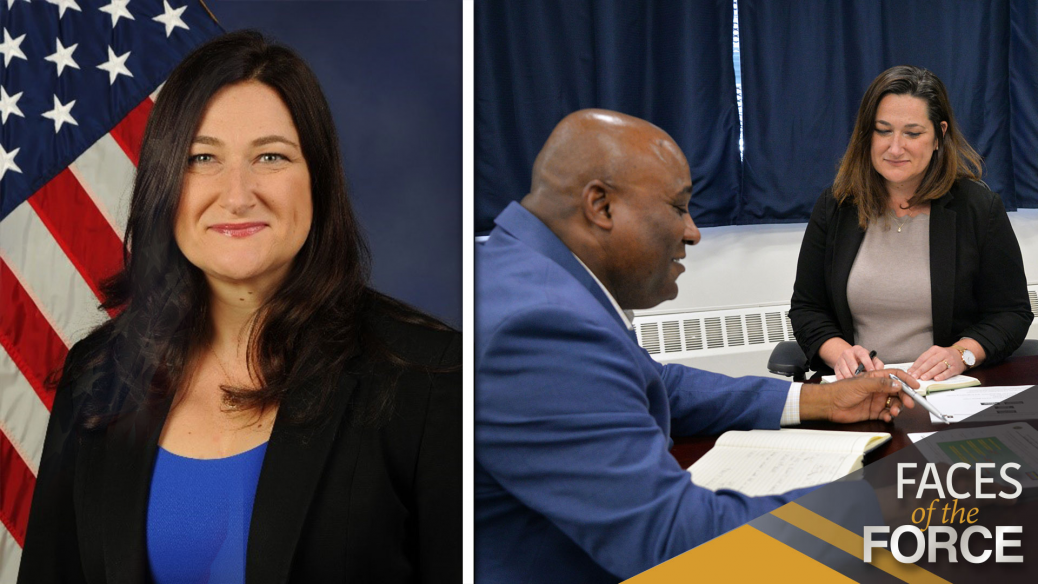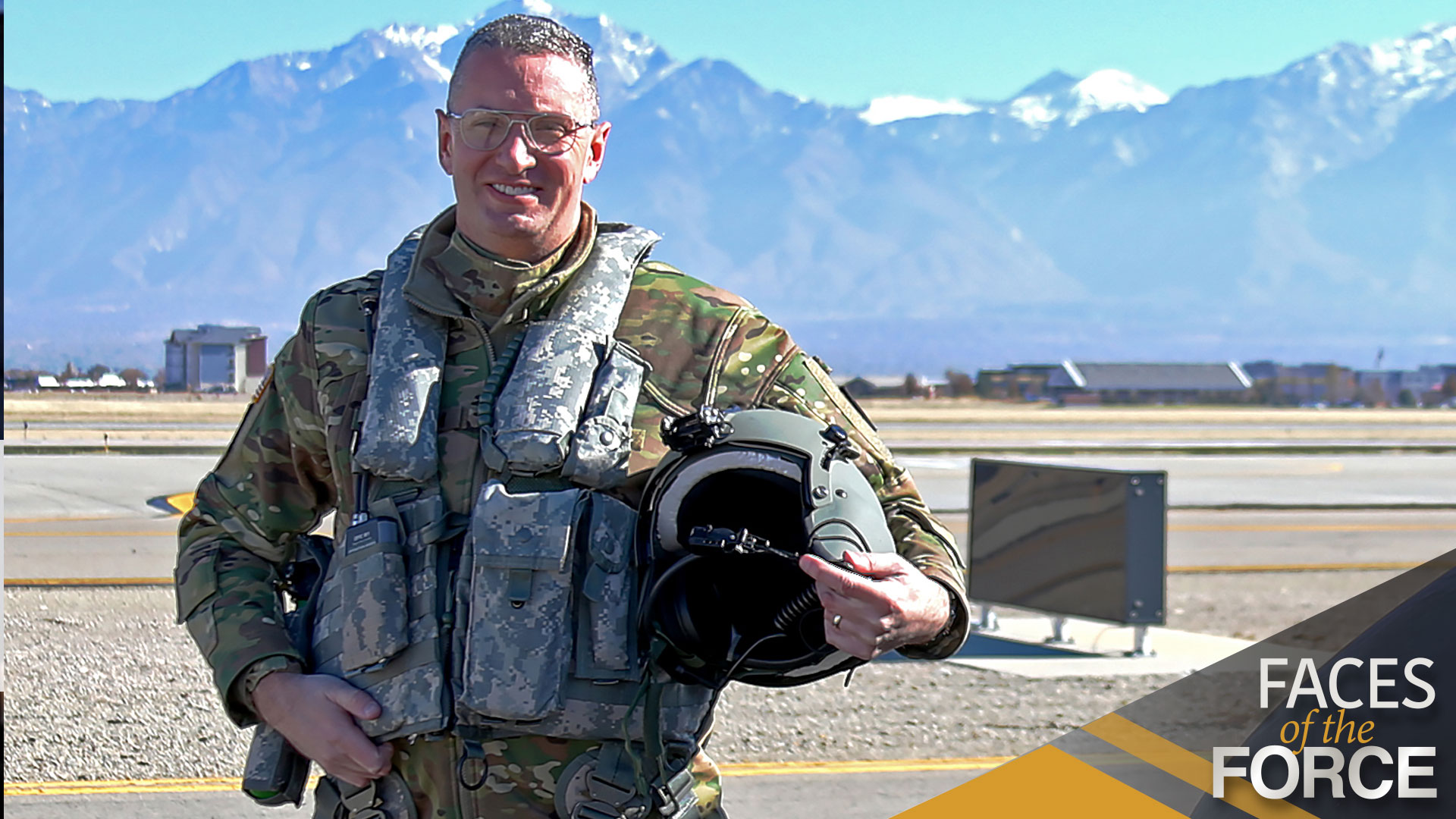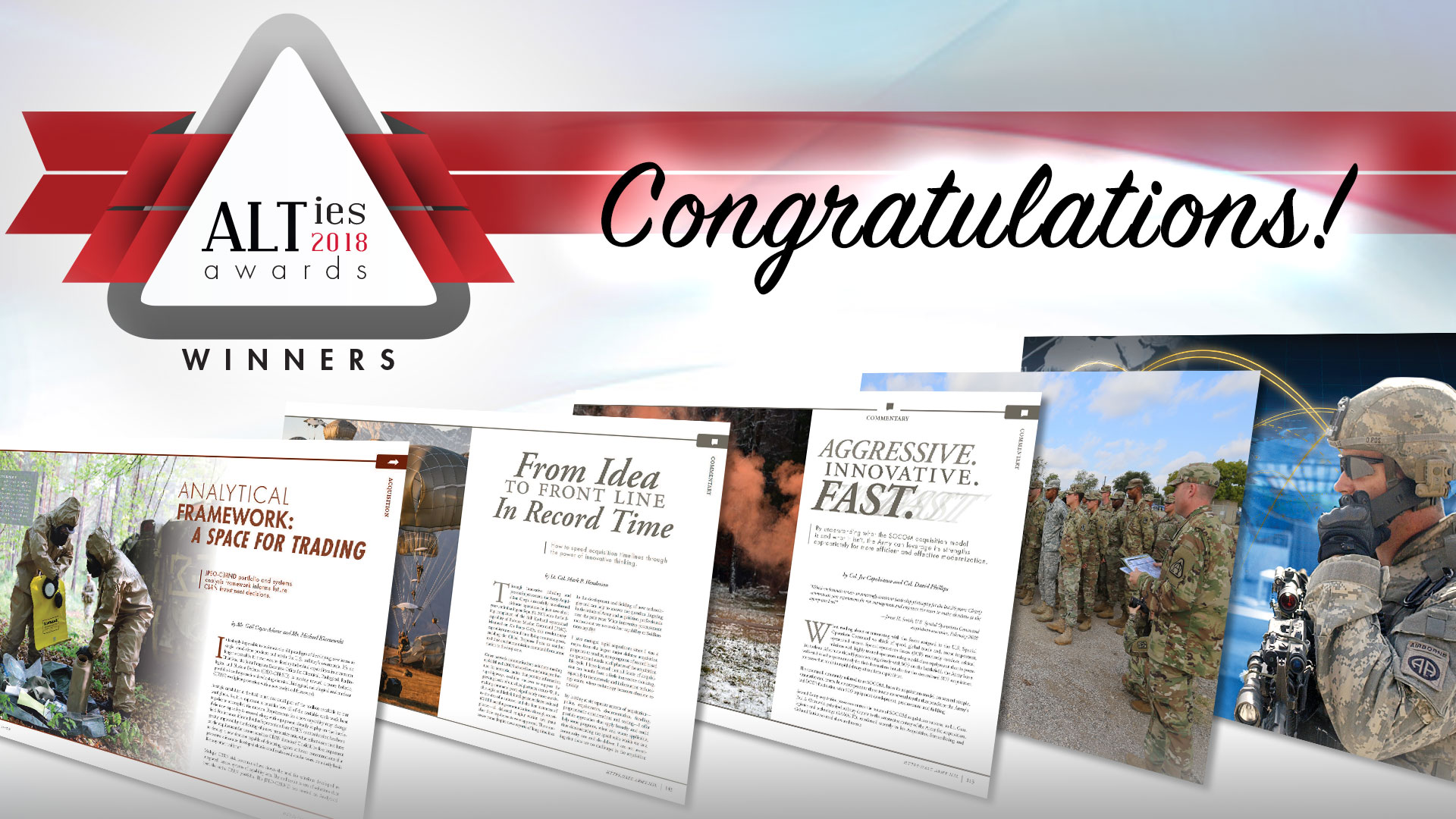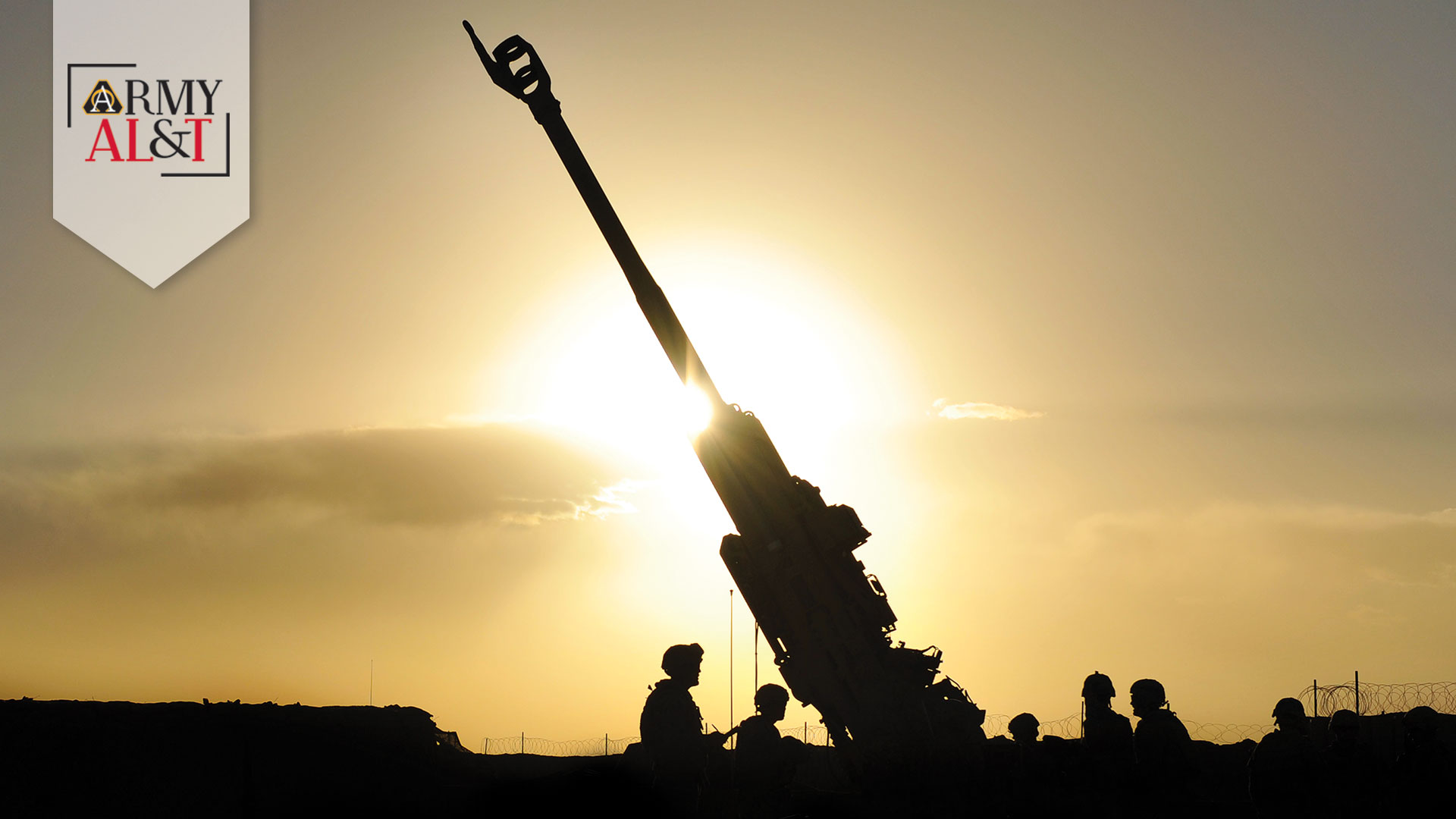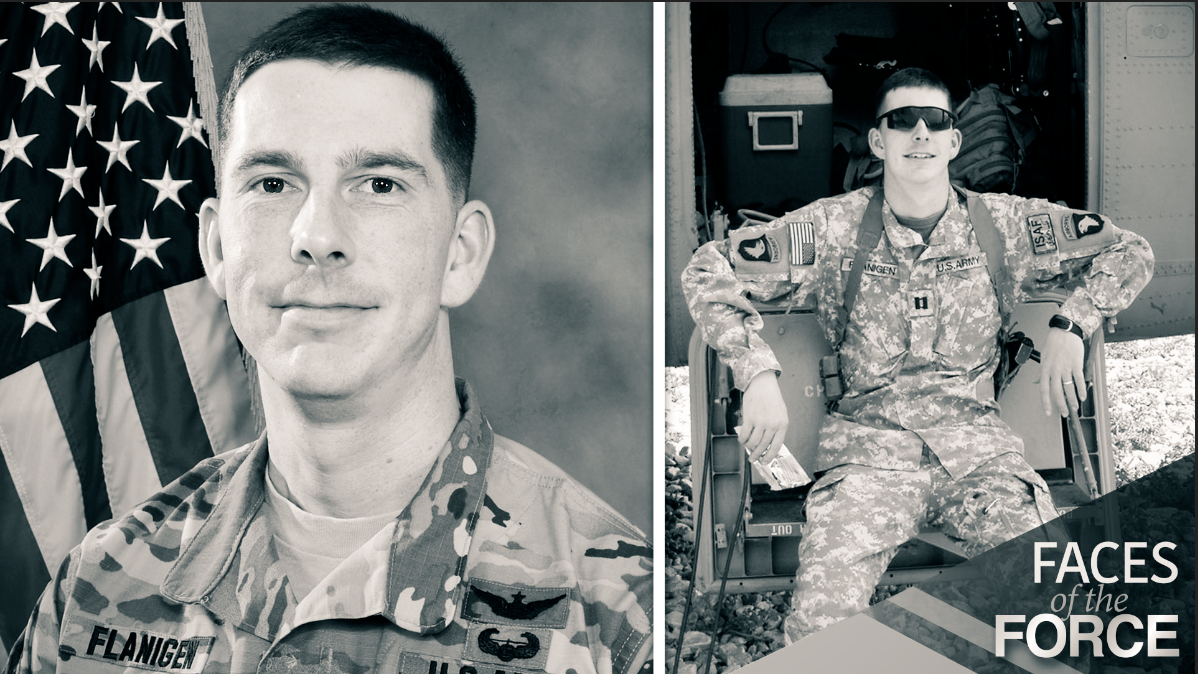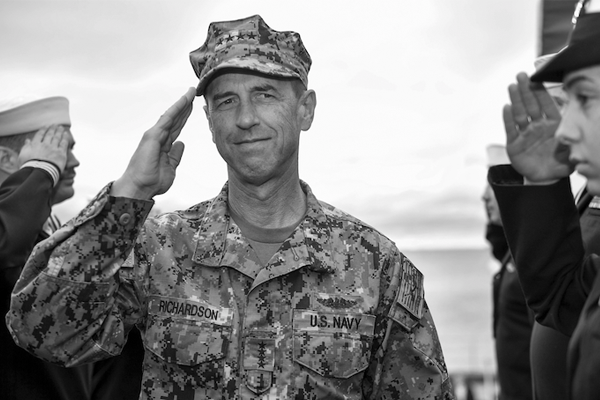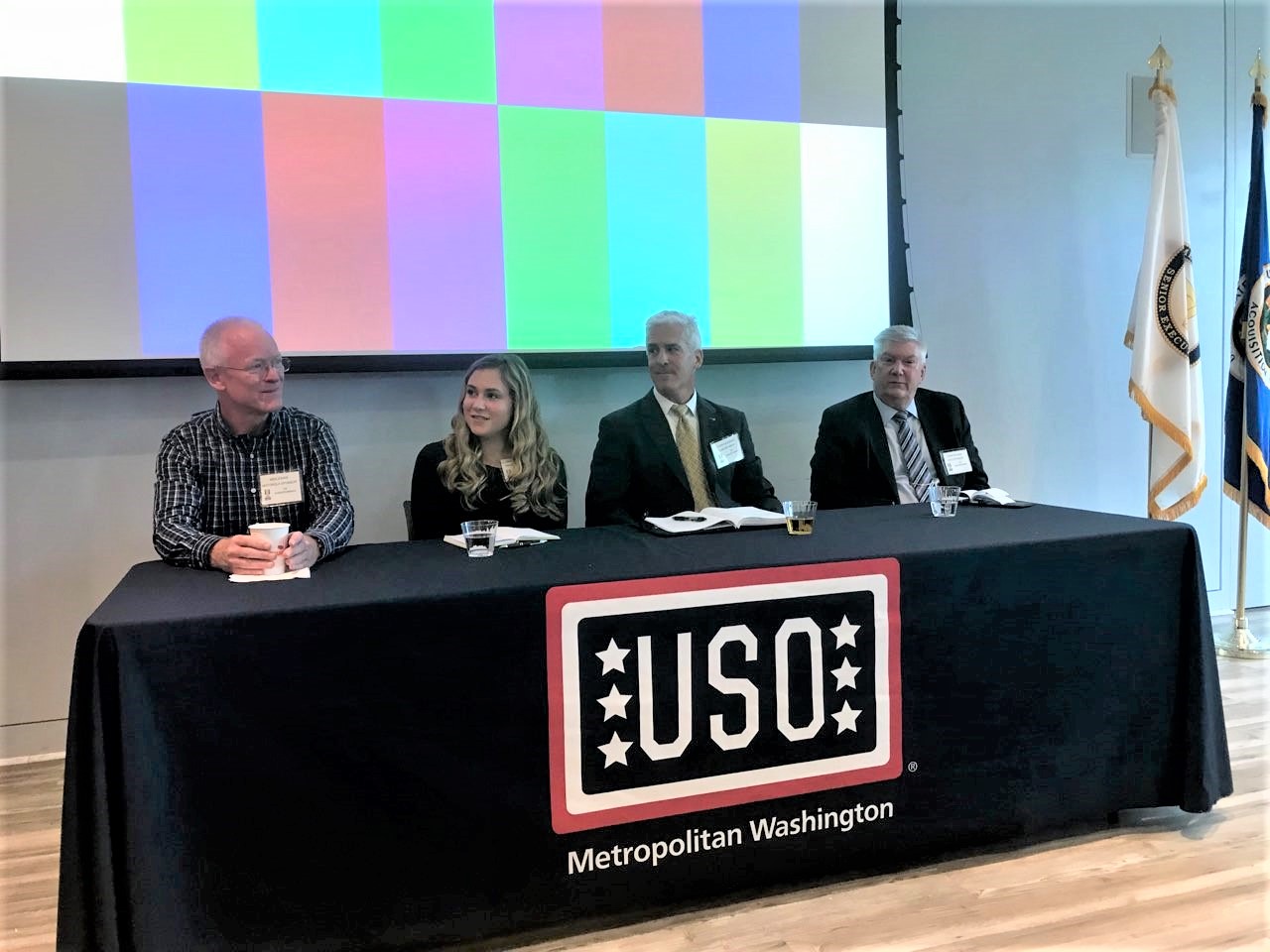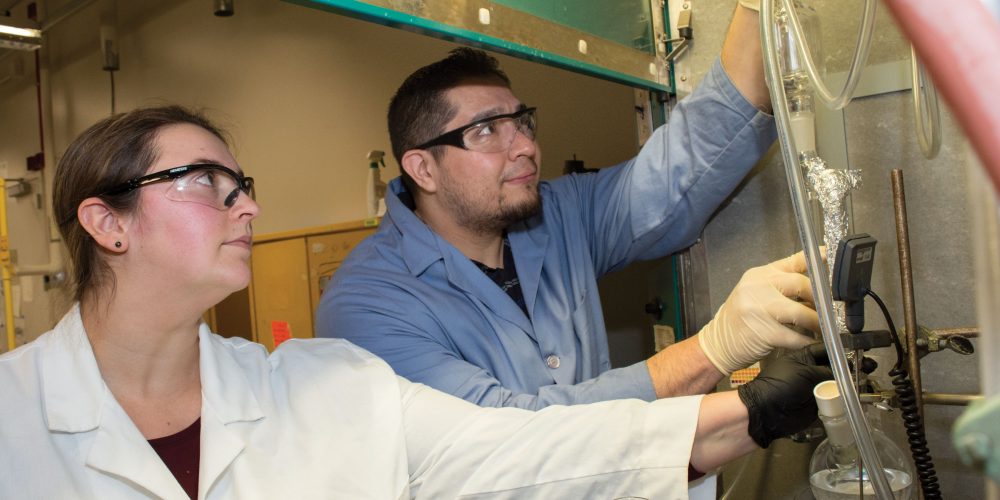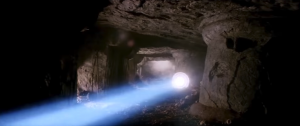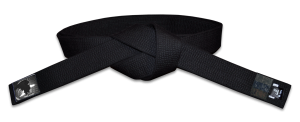Michelle Hodges
COMMAND/ORGANIZATION: Army Rapid Capabilities and Critical Technologies Office
TITLE: Senior contracting official
YEARS OF SERVICE IN WORKFORCE: 18
DAWIA CERTIFICATIONS: Level III in contracting; Level I in program management
EDUCATION: MBA, George Washington University; B.B.A in management, James Madison University
AWARDS: Army Superior Civilian Service Award; Commander’s Award for Civilian Service
by Susan L. Follett
As the in-house senior contracting official for the Army Rapid Capabilities and Critical Technologies Office (RCCTO), Michelle Hodges finds herself in a unique position. Most senior contracting officials are assigned to a contracting activity and work with several organizations. But having Hodges as an embedded resource will help eliminate unnecessary processes and enable the organization—already set up to move quickly—to move even faster.
Hodges is responsible for creating the environment for the RCCTO to execute its own contracts for projects as assigned by the RCCTO’s board of directors, which is led by the secretary of the Army. It’s a relatively new position: The head of the Contracting Activity was appointed in July 2018, and Hodges came on in January 2019. “We are building the controls and business systems to internally execute contracting actions as we prepare for strategic projects to come in from the board of directors in support of Army modernization priorities and the National Defense Strategy,” she explained.
“We’re starting from zero, but we have great support in the leadership and staff here. In the positions I’ve worked in before, I’ve taken for granted the systems and processes that were in place. But this role is exciting in that we get to decide what’s the best approach, given our lean and agile environment and our goal to provide rapid, strategic acquisition: what do we need, what’s not required, what can we rely on other organizations to help with.”
RCCTO’s goal is to create an environment where there are multiple acquisition pathways to discover and develop disruptive technologies. Earlier this year, the organization conducted a successful prize challenge to identify new artificial intelligence and machine learning applications for electronic warfare. RCCTO plans to stick with that approach as well as a couple of others, Hodges noted. “In addition to the prize challenge, we have a broad agency announcement that continuously accepts pitches from industry in the form of very short white papers that RCCTO can quickly evaluate and further engage,” she said.
Additionally, RCCTO will issue a commercial solutions opening under a pilot program to look at commercial technologies that can advance the state of the art, host more prize challenges in specific topic areas and may hold RCCTO pitch days with real-time feedback. “With these various avenues for discovering new tech, the contracting possibilities are endless: Prototypes, OTAs, cooperative agreements and even traditional FAR-type contracts can be accelerated to meet the demanding rapid prototyping and fielding schedules,” she said, referring to agreements based on other transaction authority and the Federal Acquisition Regulation.
Hodges got her start in acquisition nearly 20 years ago as a contract specialist intern with the Defense Supply Service – Washington (which eventually became part of U.S. Army Contracting Command), providing Army staff offices with support services and information technology purchases. Early in her career, she worked for Headquarters, U.S. Army Materiel Command when it was at Fort Belvoir, Virginia.
“I was fortunate enough to have a mentor who told me not to stay in the headquarters and instead get operational experience, which would give me a better perspective later in my career.” She became a contracting officer with what was then the U.S. Army Communications-Electronics Command’s acquisition center, working with the Project Manager for Countermine and Explosive Ordnance Detection. There, she had the opportunity early in the war in Afghanistan to support route clearance missions through urgent requirements that came from research and development and went out in theater for operational assessments.
Hodges and her team found non-developmental and commercially available capabilities, adapted them and fielded them quickly. The Husky Mounted Detection System used a ground-penetrating radar to detect anomalies in the ground, while the Vehicle Optics Sensor System supported the route surveillance with a camera system on a telescoping mast that could be used in a variety of environments and while on-the-move. Both systems are in use today.
Working on those projects and seeing how the Army could respond to urgent requirements with systems that were developed through nontraditional research-and-development production schedules set the stage for how Hodges has approached contracting ever since. “I saw how successful it was early on, and then I was able to apply those lessons to the more traditional acquisition approaches for the programs of record that I supported in the future.”
The experience also motivated Hodges to raise her hand when the Army asked for volunteers for the Army Futures Command (AFC) Task Force to help to set up contracting at AFC headquarters and the entire command. “For that position, I really got to use all of that experience in working with the labs, working with research and development, but also figuring out how to do that expeditiously and to fit that into how the Army Contracting Command was going to set up to support the AFC,” Hodges explained.
“In the positions I’ve had in the past, I’ve seen the bureaucracy that gets in the way when engineers try to hand over new systems to program managers for the next stage of development, as well as the paperwork that’s involved in all of that and the frustration that occurs when the requirement doesn’t match with the product. I was interested in figuring out what role contracting could play to address all of that—how to best combine user feedback, research and development, program management and contracting to quickly field better products for Soldiers.”
Most memorable about the eight-month task force assignment “is how the culture enabled a small group of personnel to quickly come together, build trust within the group and with external organizations to implement a significant reorganization within the Army in weeks and months,” she said. “The Army needs to harness the cultural aspect across the board to meet the demands of multi-domain operations.”
She added, “What’s hard, and why we are professionals, is because we are expected to provide the advice to do the right thing, in the right circumstance, at the right time. It’s much harder to do the right thing, to make sure the contract is established in the right way, or that we approach the acquisition strategy in a way that’s not necessarily ‘hitting the easy button,’ but you know the result is going to be better in the long term. I’ve always been encouraged to do the right thing and not hit the easy button. … A short-term success may not be what’s best in the long term for the Soldier.”

